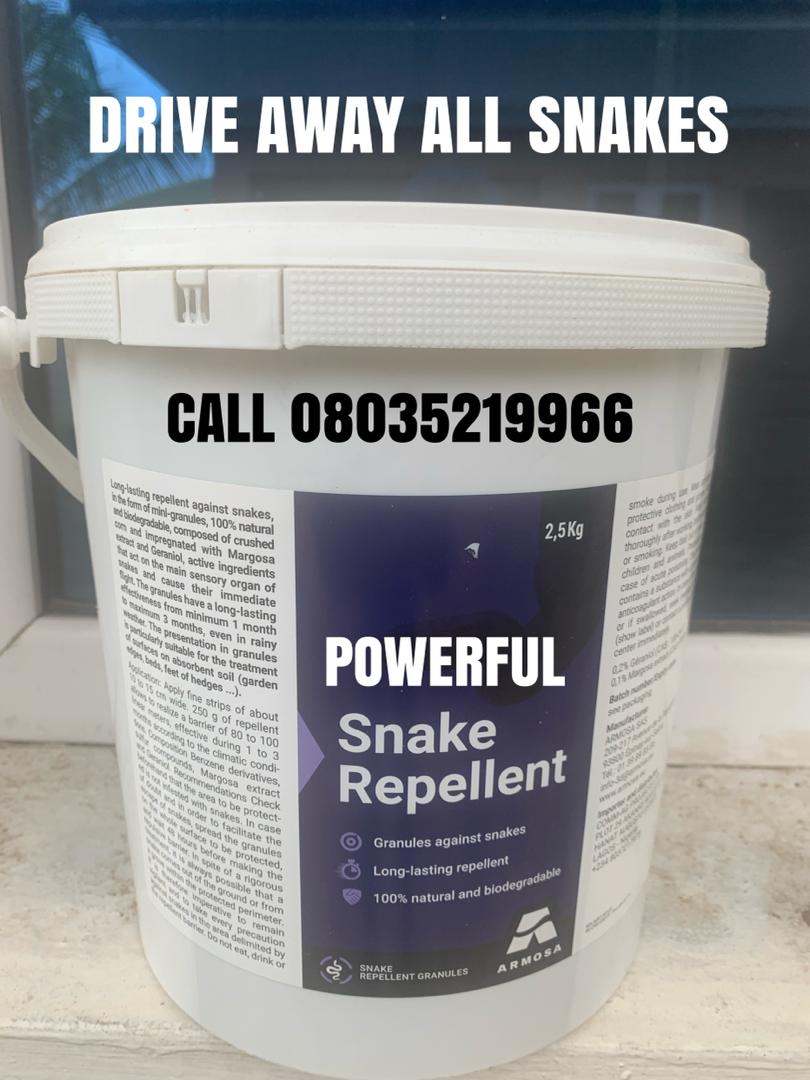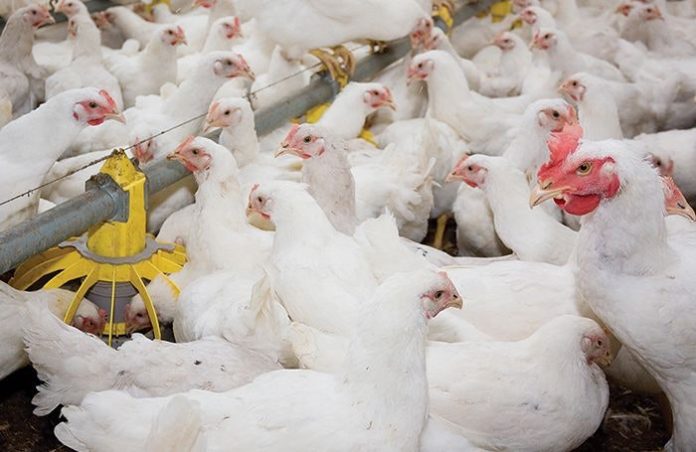The best Biosecurity program for poultry broiler production
Developing a robust biosecurity program for poultry broiler production is essential for maintaining a healthy flock and preventing disease outbreaks. Here’s a detailed guide for creating an effective biosecurity plan:
 Learn More
Learn More1. **Farm Layout and Site Selection:**
– Plan the farm layout to prevent cross-contamination.
– Choose a site with proper drainage and minimal disease risk.
– Establish buffer zones between production units.
2. **Traffic Control:**
– Control and monitor all incoming traffic to the farm.
– Designate specific entry points with proper biosecurity measures.
– Restrict access for unnecessary visitors.
3. **Hygiene Protocols:**
– Enforce strict hygiene practices for farm personnel.
– Provide handwashing stations and require the use of sanitizers.
– Implement footbaths with disinfectants at key entry points.
READ ALSO How to leverage on seasonal celebrations to sell your poultry broiler
4. **Access Control:**
– Limit access to essential personnel only.
– Use secure entry systems and monitor all farm visitors.
– Ensure that all staff and visitors follow biosecurity protocols.
5. **Staff Training:**
– Conduct regular training sessions on biosecurity measures.
– Educate staff on recognizing signs of disease.
– Emphasize the importance of biosecurity compliance.

6. **Health Monitoring:**
– Collaborate with veterinarians to establish a comprehensive health monitoring program.
– Implement routine health checks for broilers.
– Monitor feed quality to prevent contamination.
7. **Vaccination Program:**
– Develop a vaccination schedule in consultation with veterinarians.
– Administer vaccines according to recommended protocols.
– Keep accurate records of all vaccinations.
8. **Waste Management:**
– Implement proper waste disposal practices.
– Regularly remove litter and mortalities.
– Ensure compliance with environmental regulations.
9. **Biosecurity Audits:**
– Conduct regular biosecurity audits to evaluate the effectiveness of existing protocols.
– Address any deficiencies identified during the audits.
– Continuously improve biosecurity measures based on audit findings.
10. **Emergency Preparedness:**
– Develop a contingency plan for disease outbreaks.
– Establish quarantine measures for affected areas.
– Coordinate with veterinary authorities for timely response.
READ ALSO 10 Critical Things that can Lead to Unexpected Losses in Broiler Farming Business
11. **Record Keeping:**
– Maintain detailed records of biosecurity activities.
– Record health status, vaccinations, and any disease incidents.
– Use records for traceability and continuous improvement.
ATTENTION: Click “HERE” to join our WhatsApp group and receive More updates directly on your WhatsApp!
12. **Continuous Improvement:**
– Stay informed about the latest biosecurity practices.
– Attend industry events and training programs.
– Adapt the biosecurity program based on emerging threats and industry developments.
Remember that biosecurity is an ongoing process, and the success of the program relies on the commitment of all involved parties. Regular training, monitoring, and adaptation to changing conditions are key elements of a successful biosecurity plan for poultry broiler production.
🧩CREATED BY DR JOSEPH DEJI-FOLUTILE















